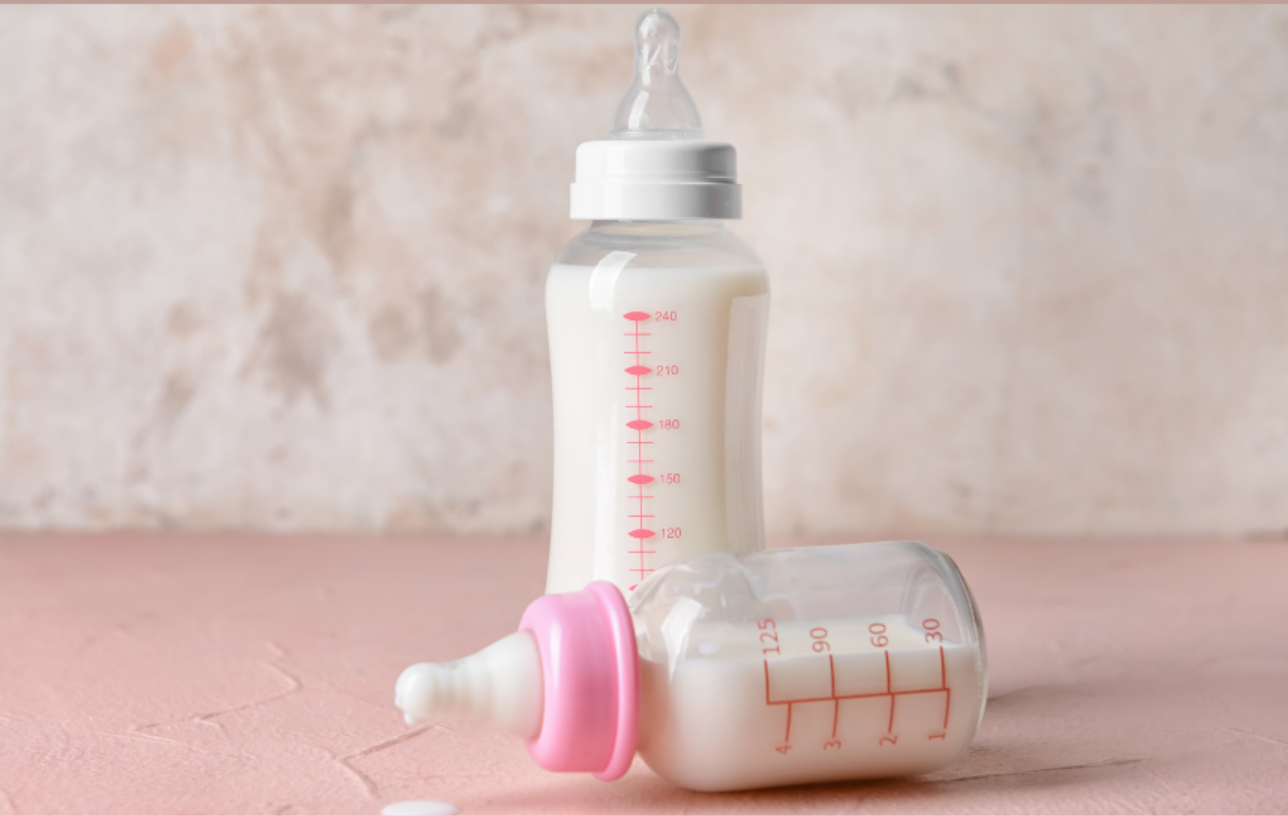Saying goodbye to the bottle – transition tips for toddlers.
As a Sleep coach, a question I am often asked is about when to transition a child from a milk bottle to a cup. This milestone can be both exciting and challenging. Understanding the right age and reasons for making this change can help ensure a smooth transition for your child and support their overall health and development.
The Recommended Age
The American Academy of Pediatrics (AAP) recommends that parents start the transition from bottle to cup at around 12 months of age. By 16 months, most children should be fully weaned off the bottle. This timeframe is not only ideal for encouraging developmental milestones but also for preventing potential health issues associated with prolonged bottle use.
Why Make the Switch?
Dental Health
Prolonged bottle use, especially with milk or sugary drinks, can lead to tooth decay. According to a study published in the Journal of Pediatrics, toddlers who use a bottle beyond 12 months are at a higher risk for developing cavities. The sugar in milk and juice can pool around the teeth, creating an environment for bacteria to thrive.Oral Development
Extended bottle use can affect the development of a child’s oral muscles and palate. The sucking motion required for bottle feeding is different from that used for drinking from a cup. A study from the American Dental Association highlights that long-term bottle use can contribute to issues such as misaligned teeth and improper jaw development.Encouraging Independence
Transitioning to a cup is a significant step towards independence for your child. It encourages the development of fine motor skills and hand-eye coordination. Using a cup requires different muscle movements, which are crucial for speech development and overall motor skills.Nutritional Balance
Children who rely heavily on bottle feeding might consume excessive amounts of milk, which can lead to iron deficiency anaemia. A study in the Journal of Pediatric Gastroenterology and Nutrition found that toddlers who drink more than 24 ounces of milk per day are at a higher risk of this condition. By transitioning to a cup, you can help ensure your child is receiving a balanced diet with a variety of nutrients.Bottle as a Sleep Prop/Association Many parents use bottles as part of the bedtime routine, which can turn the bottle into a sleep prop/sleep association. This dependency can interfere with the development of independent sleep skills. Eliminating the bedtime bottle encourages healthier sleep habits and self-soothing techniques.
How should I make the switch from bottle to cup?
Start Slow: The key to a successful transition is to take it gradually. Don’t try to cut out the bottle completely all at once. Start by replacing one bottle feeding with a sippy cup or regular cup per day. This might be during a mealtime when they’re less likely to protest the change.
Introduce the Right Cup: There are plenty of cup options available, from sippy cups to straw cups to open cups. Some toddlers may take to a straw cup immediately, while others might prefer a sippy cup. Experiment with a few different types to see what works best for your child. The goal is to get your toddler accustomed to drinking from something other than a bottle. You could even involve your child and let them choose a cup.
Replace the Bottle with Whole Milk or Water: Once your toddler is comfortable drinking from a cup, you can start replacing the bottle feedings with cups of whole milk or water. This is a great time to introduce a healthy routine of drinking from a cup at mealtimes and throughout the day.
Gradually Reduce Bottle Feedings: Reduce the number of bottle feedings gradually. For example, if your child has three bottle feedings a day, drop one for a cup and see how they respond. Once they’re comfortable with that, drop another feeding, and so on, until bottles are completely phased out.
Offer Comfort in Other Ways: Bottles often serve as a source of comfort for toddlers, especially during naps or bedtime. You can offer comfort by cuddling, singing a lullaby, or using a favourite blanket or stuffed animal. Creating a comforting bedtime routine can help ease the transition.
Be Patient and Consistent: Every child is different, and some may resist the change more than others. Consistency is key—keep offering the cup, even if your toddler initially refuses it. Keep offering positive reinforcement and praise when they do drink from the cup. Avoid using bottles as a reward or comfort during this phase to reinforce the new habit.
Final Thoughts
Weaning off bottles is a big milestone in your toddler’s growth, but it doesn’t have to be stressful. By transitioning gradually, offering comfort in other ways, and staying patient, your child will soon be happily drinking from a cup. Remember, every child is different, so what works for one may not work for another. Take your time, trust the process, and celebrate the small victories along the way!

